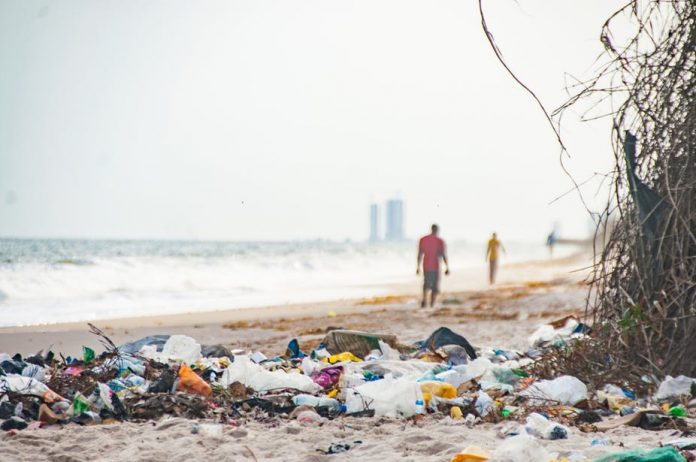By Ifenna Ilechukwu
Plastic debris is everywhere and has grabbed the attention of environmental policy makers and regulators. When this plastic breaks up into smaller particles – less than 5mm in size – they are called microplastics. In some cases, they can only be seen under a microscope.
There are two types of microplastics: primary and secondary. Primary microplastics are manufactured to be 5mm or less in size. Examples include microbeads used in cosmetics and household products and resin pellets used in abrasive blasting.
Secondary microplastics are formed from the breakdown of larger plastic materials due to photochemical, mechanical and biological processes in the environment.
Sources of microplastics in rivers and oceans include littering, poor waste management, waste water treatment plants, storm water overflow, industrial effluents and even organic solids obtained from sewage treatment processes.
The presence of small plastic fragments in the marine environment was first highlighted in the 1970s. But with renewed interest over the past decade, microplastics are now considered a major emerging contaminant.
Microplastics pick up and transport heavy metals and organic pollutants such as polychlorinated biphenyls and polycyclic aromatic hydrocarbons. These pollutants can be toxic. They can be carcinogenic – that is, they have the potential to cause cancer – and they can also be mutagenic – they can lead to changes in the genetic makeup of organisms.
Microplastics also release plastic additives into the marine environment. These can contaminate soil, air, water and food. They can damage creatures that live in the sea by blocking their digestive tracts, changing their feeding patterns, decreasing their immune response and altering reproductive activities. They can also be transferred up the food chain to humans when they’re ingested by marine organisms.



